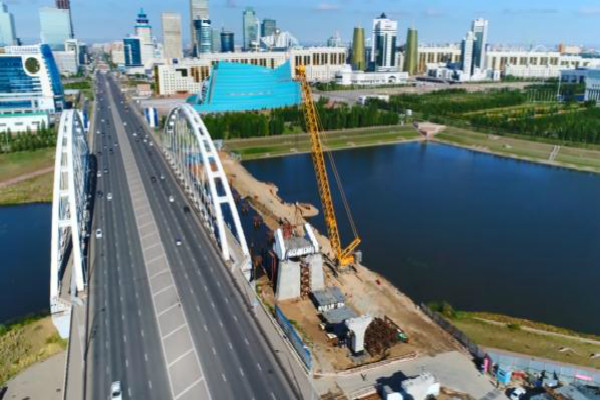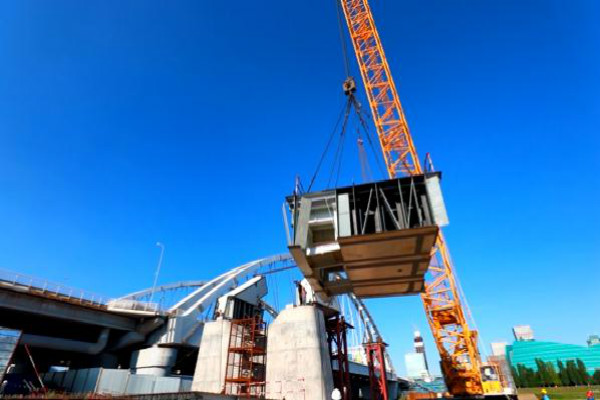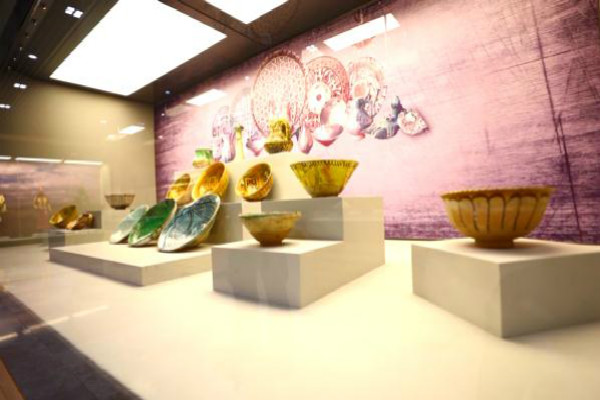Kazakhstan: China promotes light rail construction
During the past 20 years, Kazakhstan's capital Astana has witnessed a population growth from 300,000 to 1.03 million, and is estimated to reach 2 million by 2030.
The rapid population increase brings traffic congestion in the downtown area, which is approximately 70 square kilometers.
With the introduction of “Belt and Road” initiative, Astana turns to rail transportation to ease the traffic pressure. Currently, a total of three-phrase light rail construction plan is scheduled.
The first phrase construction has already begun. The 22.59 km-long path, passing through the presidential palace and across the capital’s Mother River, the Ishim River, connects the train station directly to the airport.

First phase construction site [Photo/enorth.com.cn]
This is also the first light rail line in Central Asia to have been built by Chinese companies, of which the 6.8-kilometer section of the 114 to 118 section is built by the China Construction Sixth Bureau.
Technical difficulty is common problem faced by the constructors. The part across the Ishim River is to use an all-steel arch bridge, the first in Astana. The bridge deck, weighing more than 60 tons, has to be stitched together with the arched feet on both sides, with precision controlled in 5 mm in the hoisting, which is extremely demanding.

Hoist bridge deck to stitched with the arched feet [Photo/enorth.com.cn]
Besides technical problems, tough natural conditions make the work tougher. Skin-hurting cold wind and freezing low temperatures is no stranger to workers. In spite of the above difficulties, the project is going ahead as planned.
In recent years, in addition to the transportation sector, cooperation between China and Kazakhstan in the fields of agriculture and investment has also strengthened. The “Belt and Road” initiative has great potential in connecting Central Asian countries, including Kazakhstan, with the entire Eurasia region.
The people of Kazakhstan are positive about the initiative and believe that it can not only promote the development of relations with China, but also help Kazakhstan and other Central Asian countries strengthen ties with European and Asia.
The National Museum of Kazakhstan exhibits many porcelains brought along the ancient Silk Road from China, which is evidence of historical exchanges between the two countries. It is also in Kazakhstan that the initiative was firstly proposed in 2013. The two counterparts are welcoming new opportunities for economic cooperation and prosperity.

China's ancient porcelains in the National Museum of Kazakhstan [Photo/enorth.com.cn]

Copyright ©
Tianjin Municipal Government. All rights reserved. Presented by China Daily.
京ICP备13028878号-35

